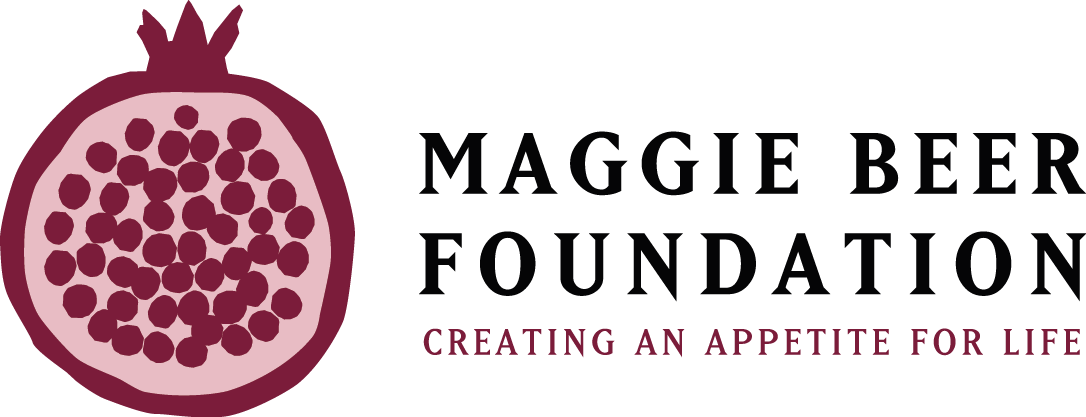Research by the NSW Government found that in NSW, 3.5kg of food waste is generated for every aged care resident each week, costing aged care providers an average of $1,300 every week.
Through a pilot run by the NSW Government’s Love Food Hate Waste program, participating centres cut their food waste by an average of 6,000kgs for each aged care home annually.
It’s not just food and money being wasted, but also the time and effort of staff, and the resources that went into growing, producing, selling and transporting the food.
MidWaste is providing free support to age care providers interested in reducing their food waste as part of its Love Food Communities project.
Providers who sign up for the free Your Business Is Food program, receive a step-by-step guide to help measure food waste and implement an easy action plan to make significant savings. They also receive one-on-one support by a trained advisor.
The tailored Your Business Is Food Aged Care program includes information and ideas to respond to the unique challenges of the aged care sector, ensuring the health and wellbeing of residents remains the key priority.
Aged care providers on the Mid North Coast of NSW can find out more and sign up for free via info@midwaste.org.au. For aged care providers in other areas of NSW please contact info@lovefoodhatewaste.nsw.gov.au
Why tackle food waste?
- Less food waste means more profit and reduced operating costs
- Save money on purchasing, preparation and disposal costs
- Improve employee engagement and job satisfaction
- Improve your sustainability performance
- Improve food service for residents
What are the most common sources of food waste in aged care?
- Spoilage – bruised and overripe fruit, stale bread, food past its expiry
- Preparation waste – peelings, off-cuts, dropped or burnt food
- Tray waste – unserved pre-made meals
- Plate waste – uneaten by residents and discarded
- Liquid/texture modified waste – excess drinks, milk, yoghurt or purified foods
Top tips:
- Smart storage – label all food when opened and store oldest food at the front
- Accurate forecasting – shorten meal order lead time and ensure kitchen is informed of activities and changes to resident schedules
- Perfect portions – use visual aids and diagrams to assist with serving sizes
- Ask your residents – undertake a menu feedback survey
- Engage your team – take on the challenge together and celebrate your successes
This project is a NSW Department of Planning, Industry and Environment, Waste Less Recycle More initiative funded from the waste levy.
Watch how one aged care provider made significant savings here.


